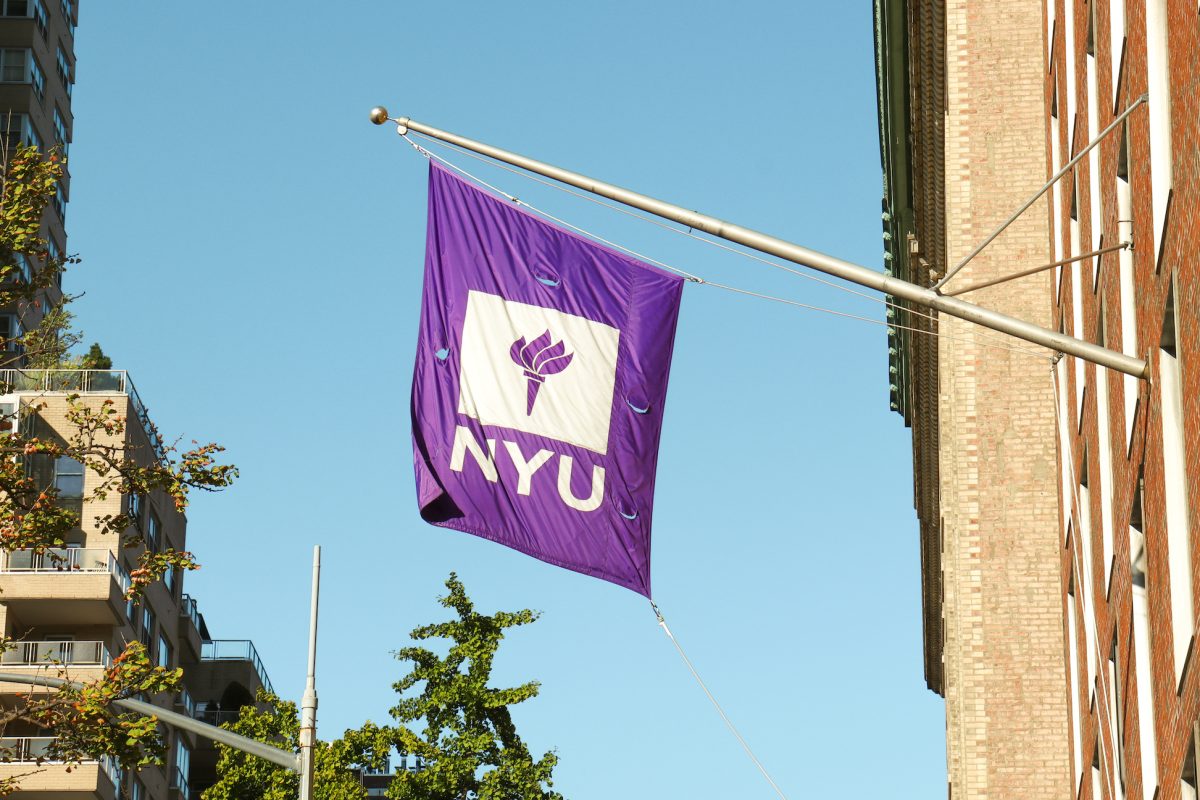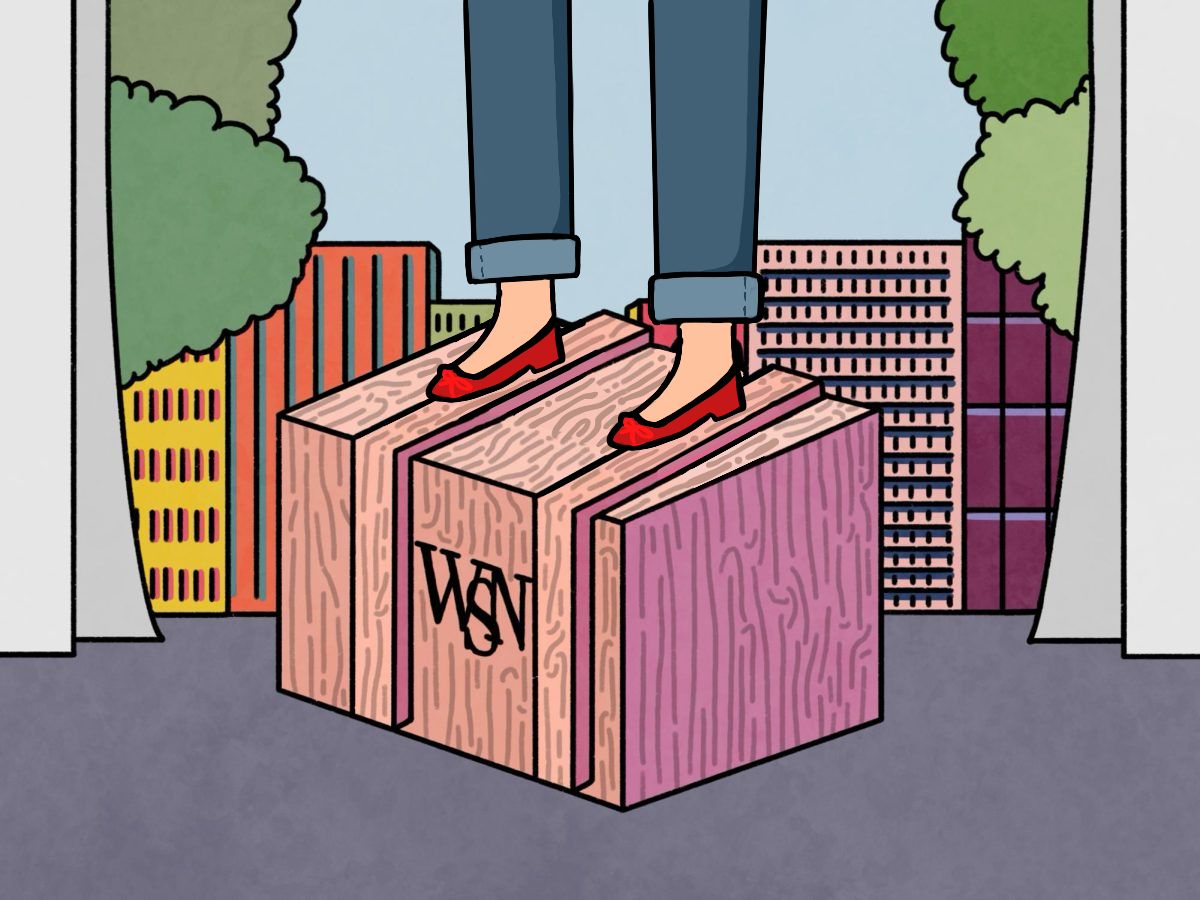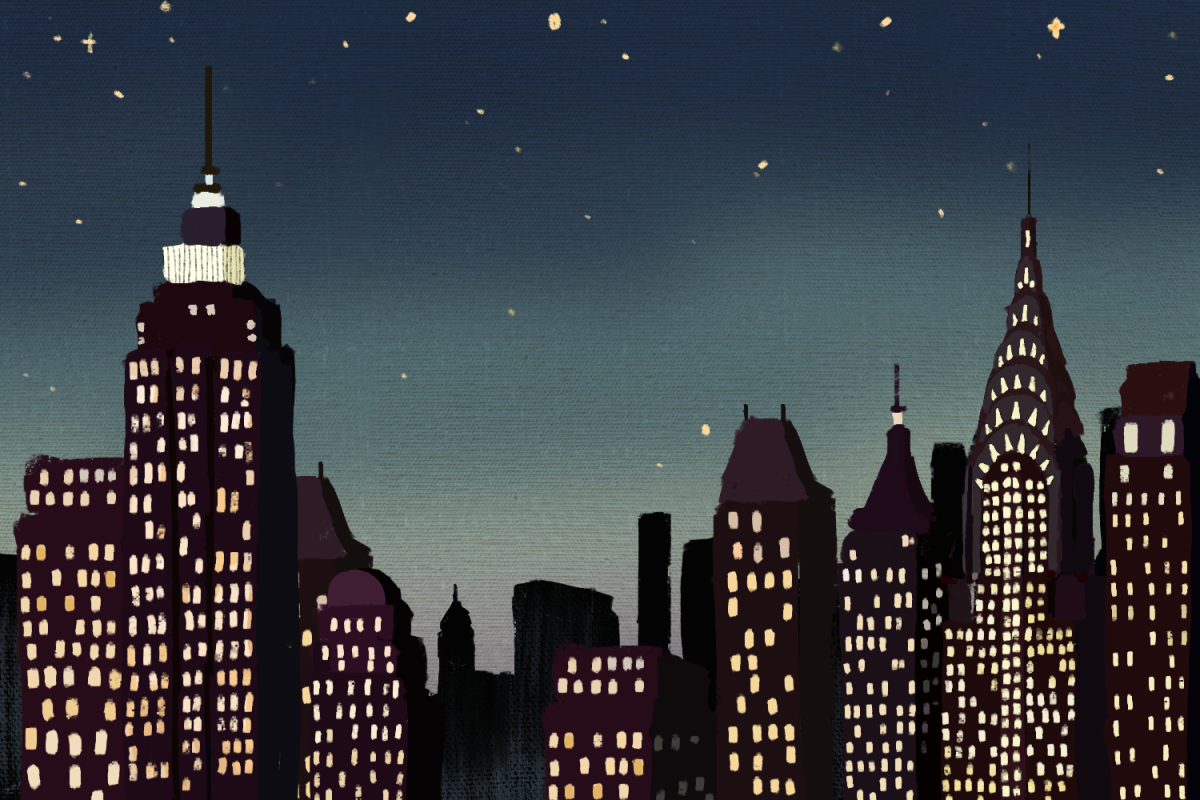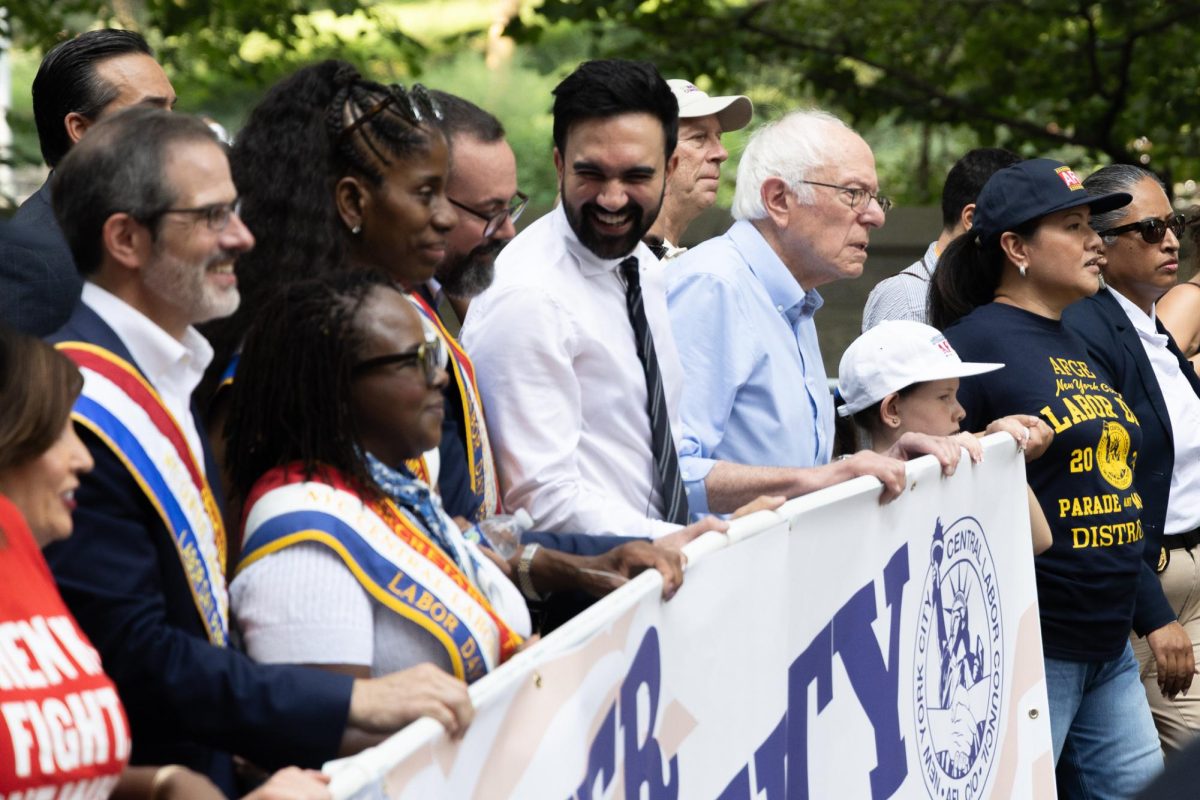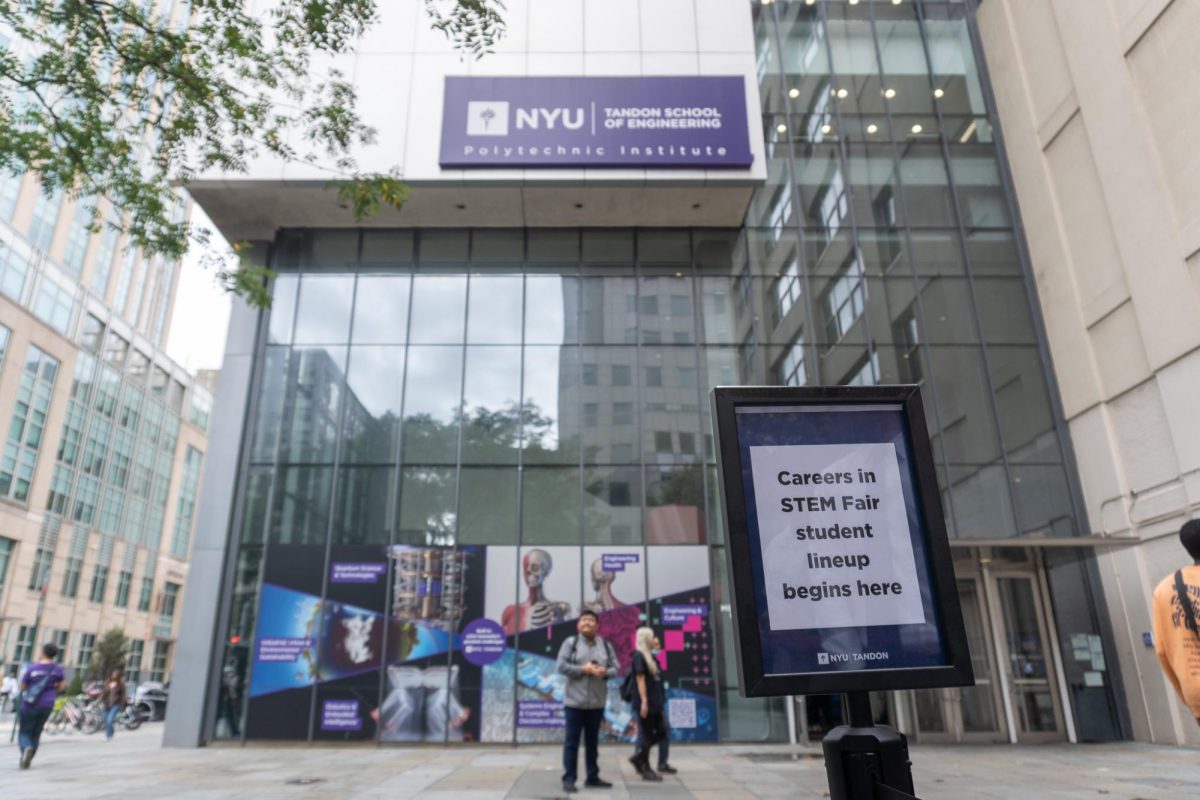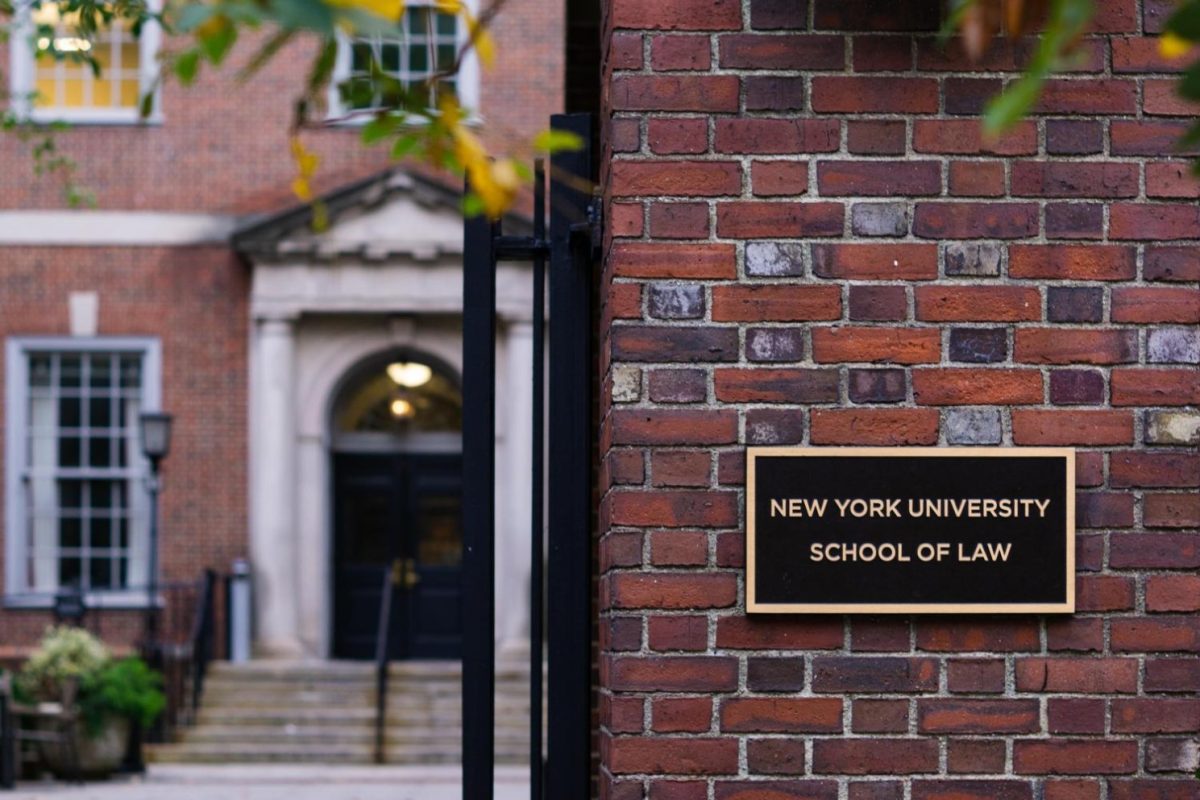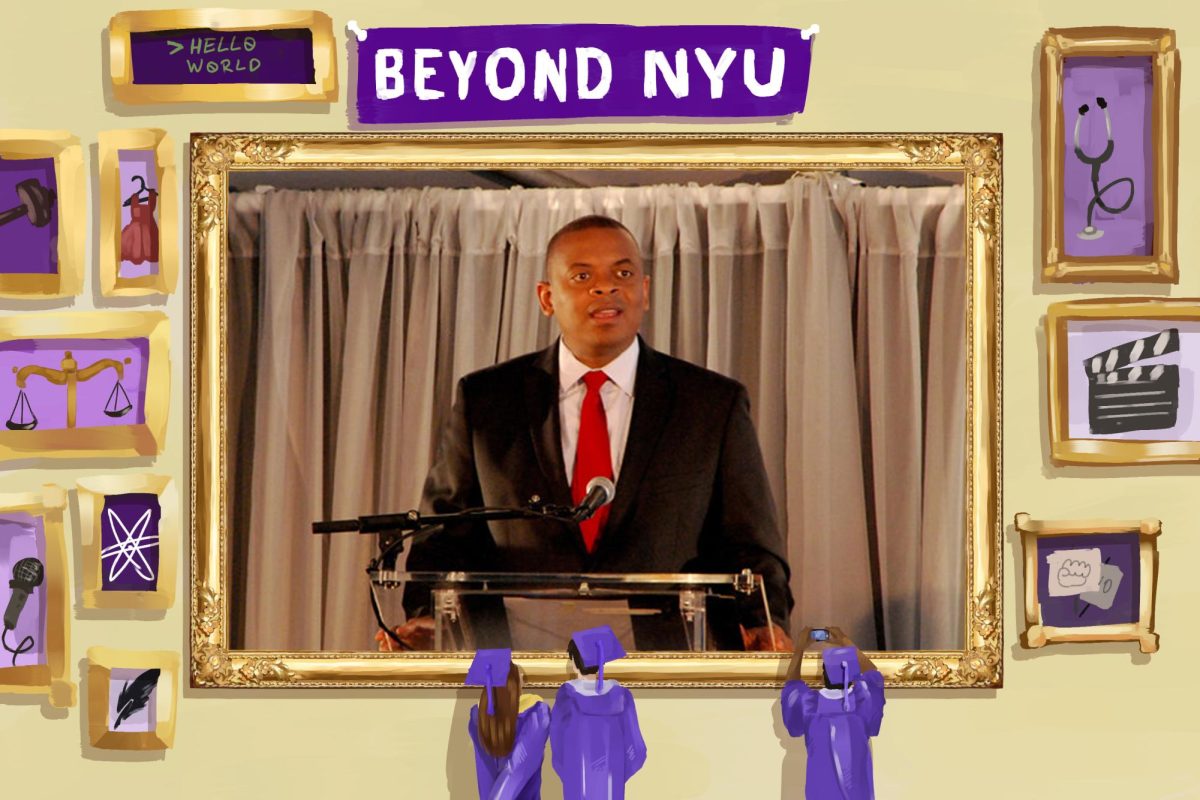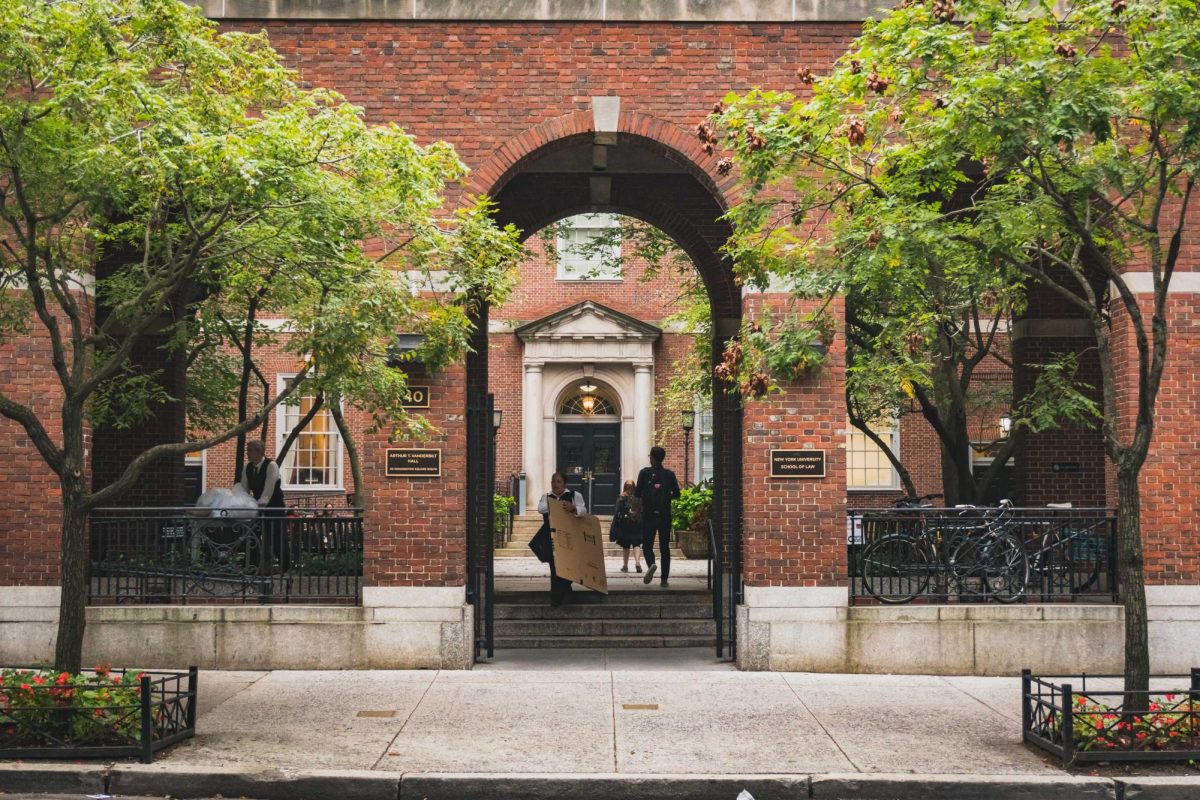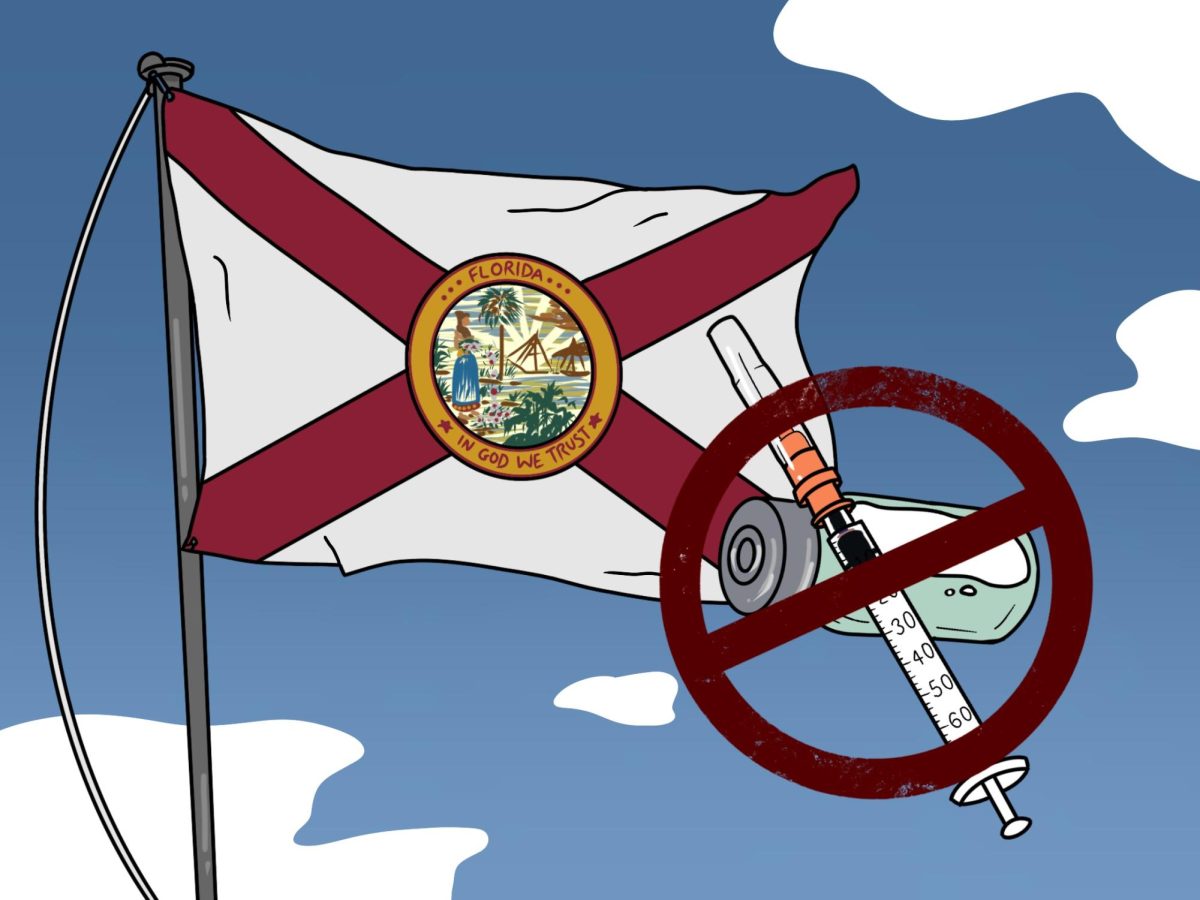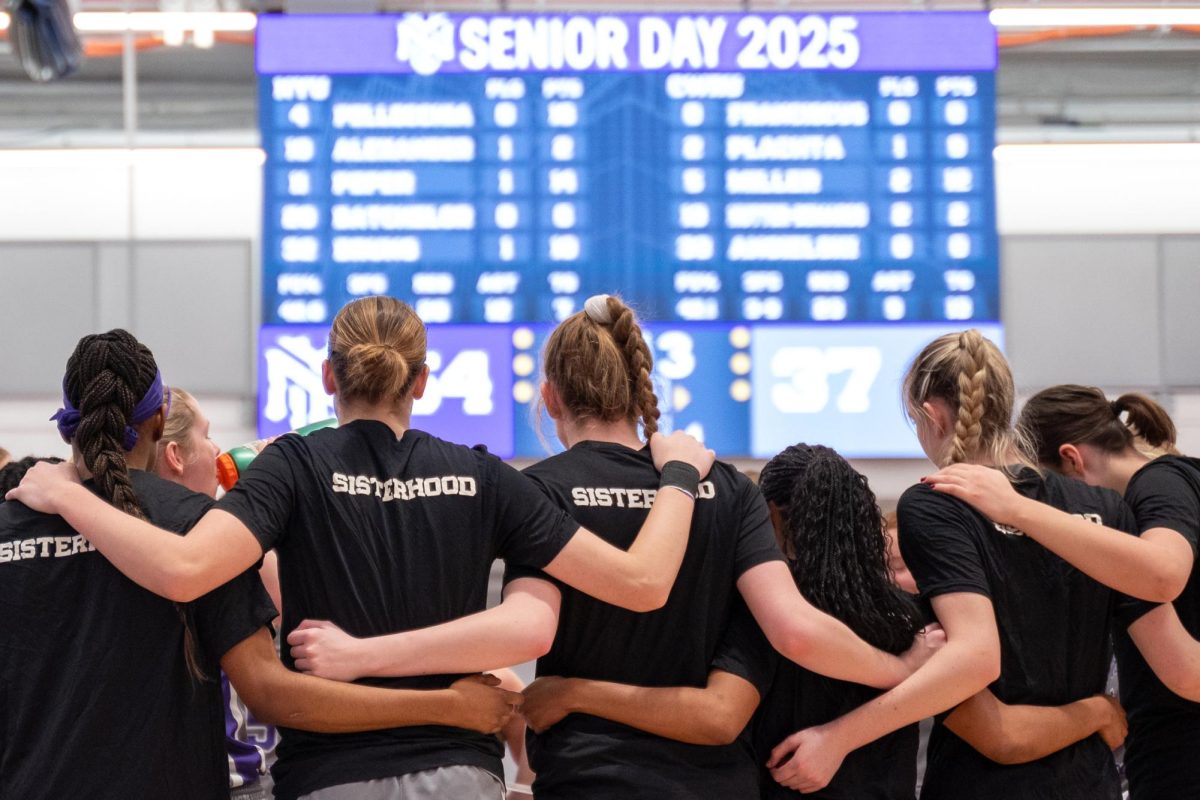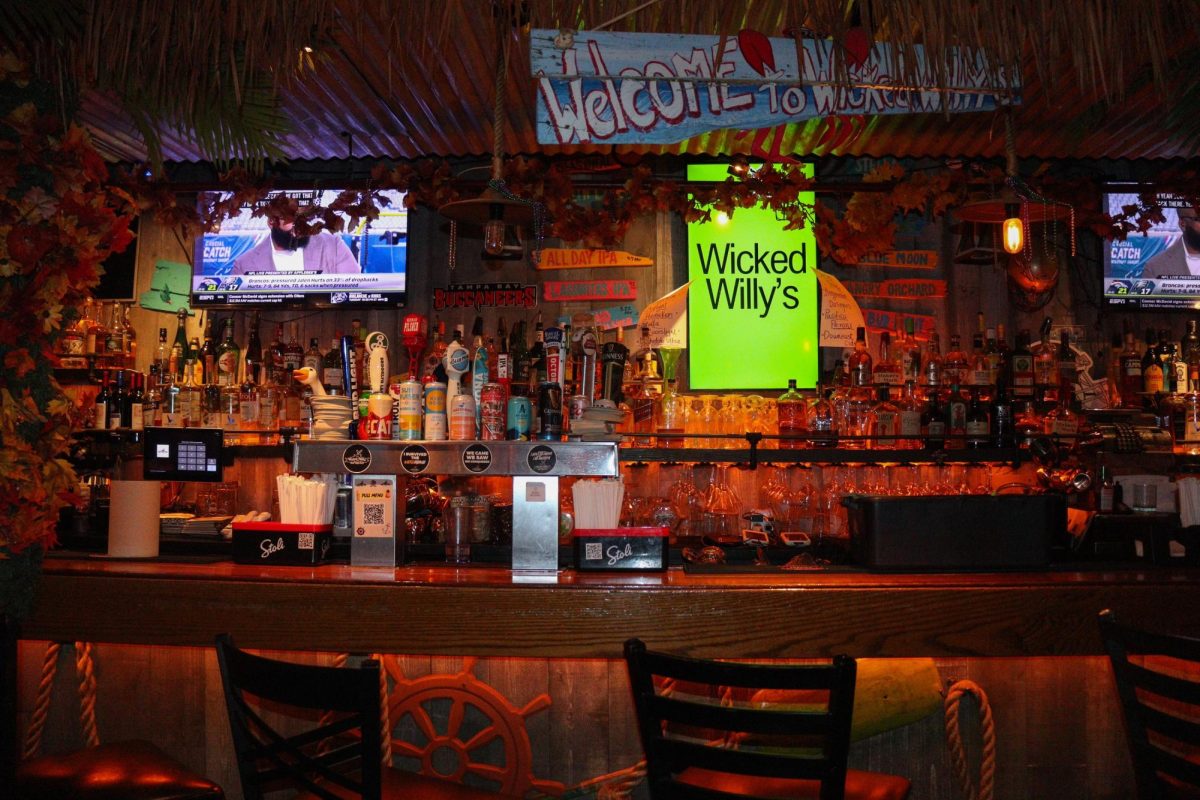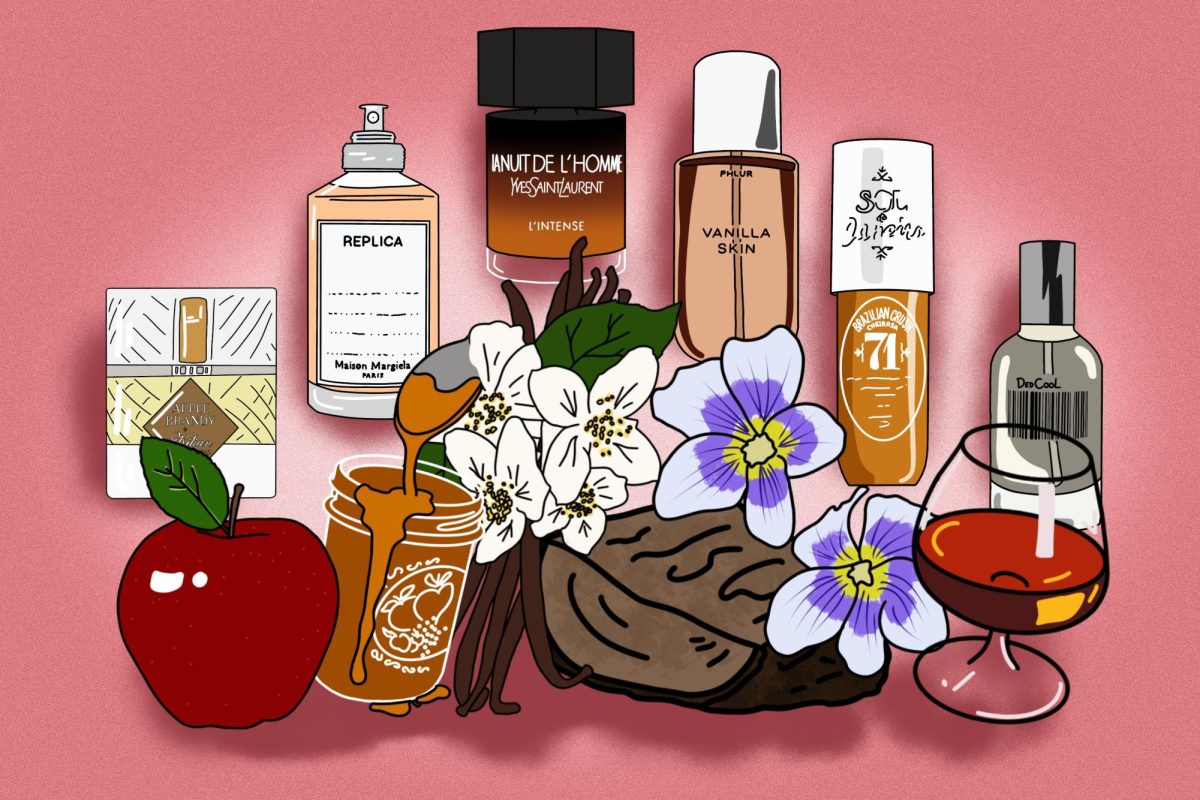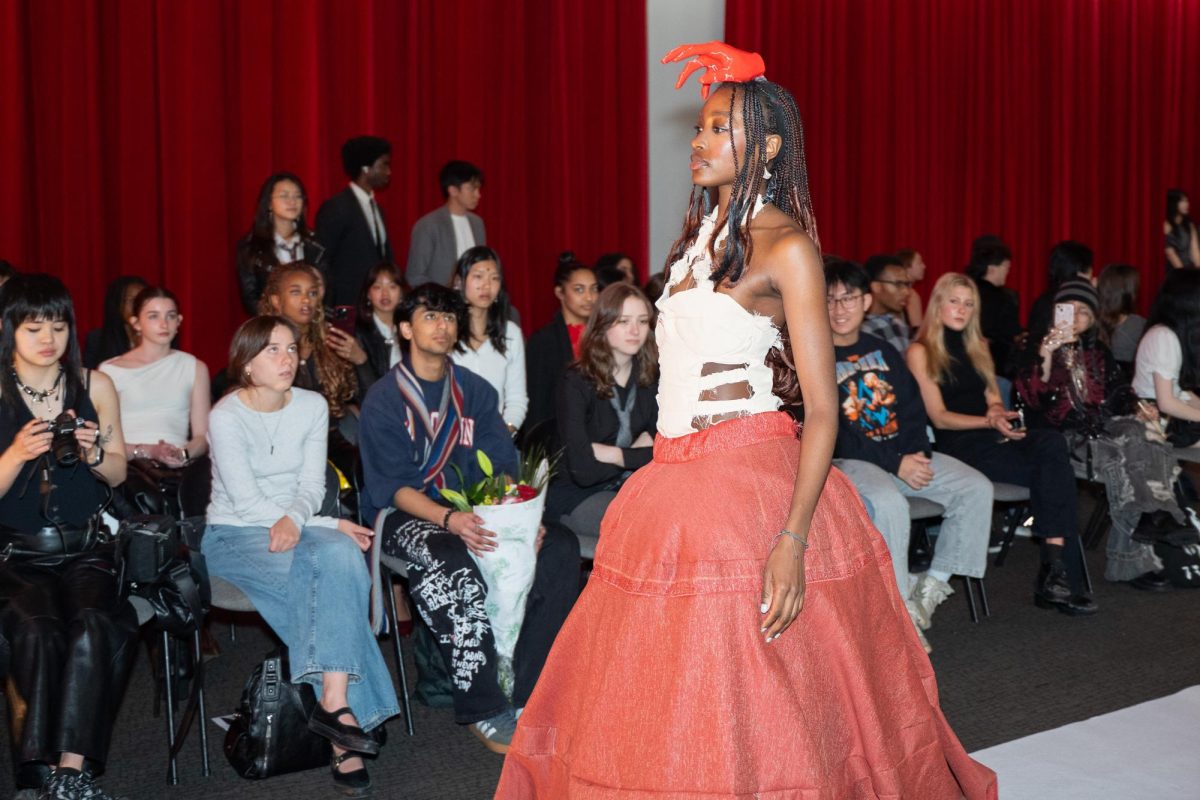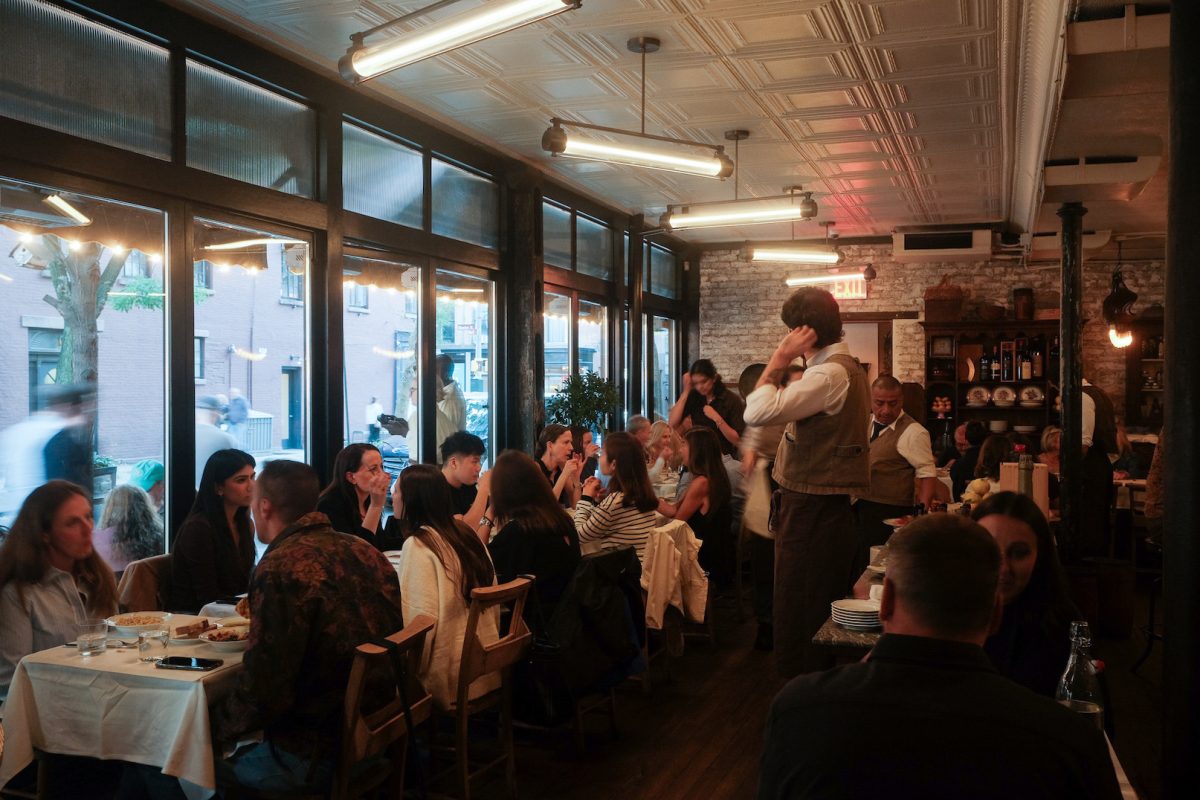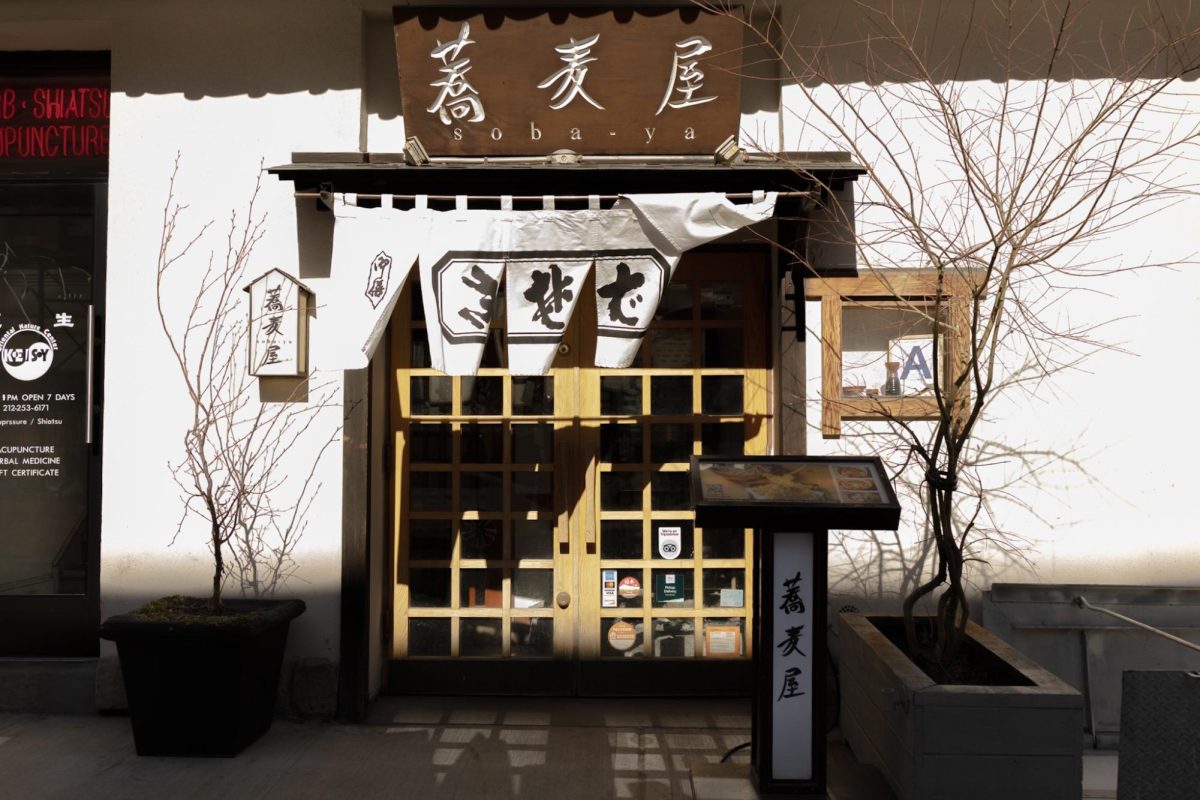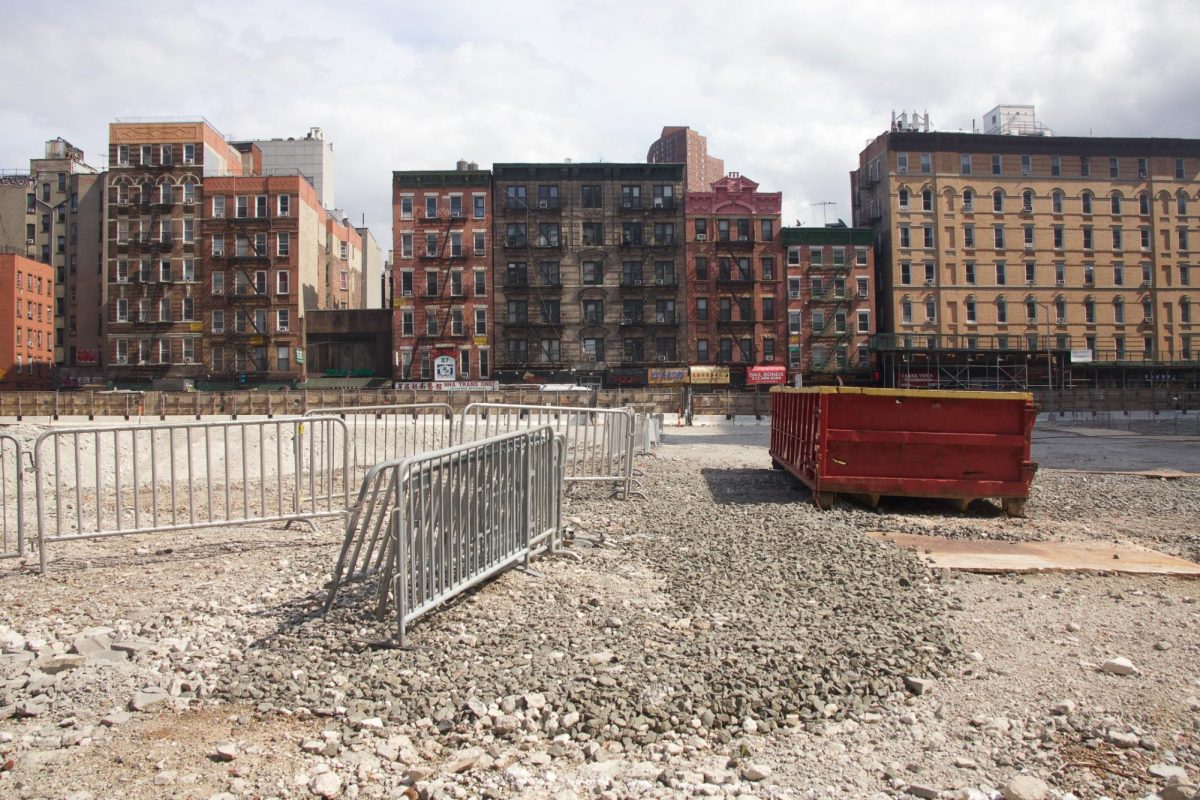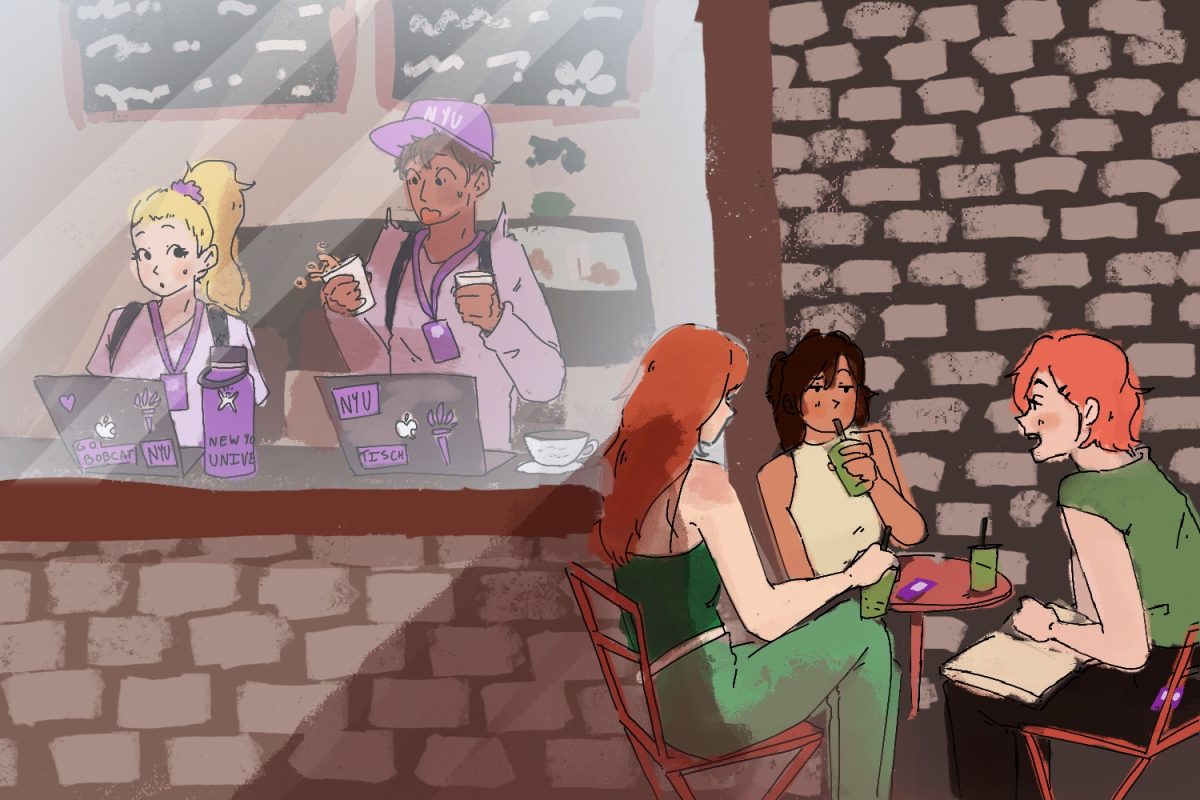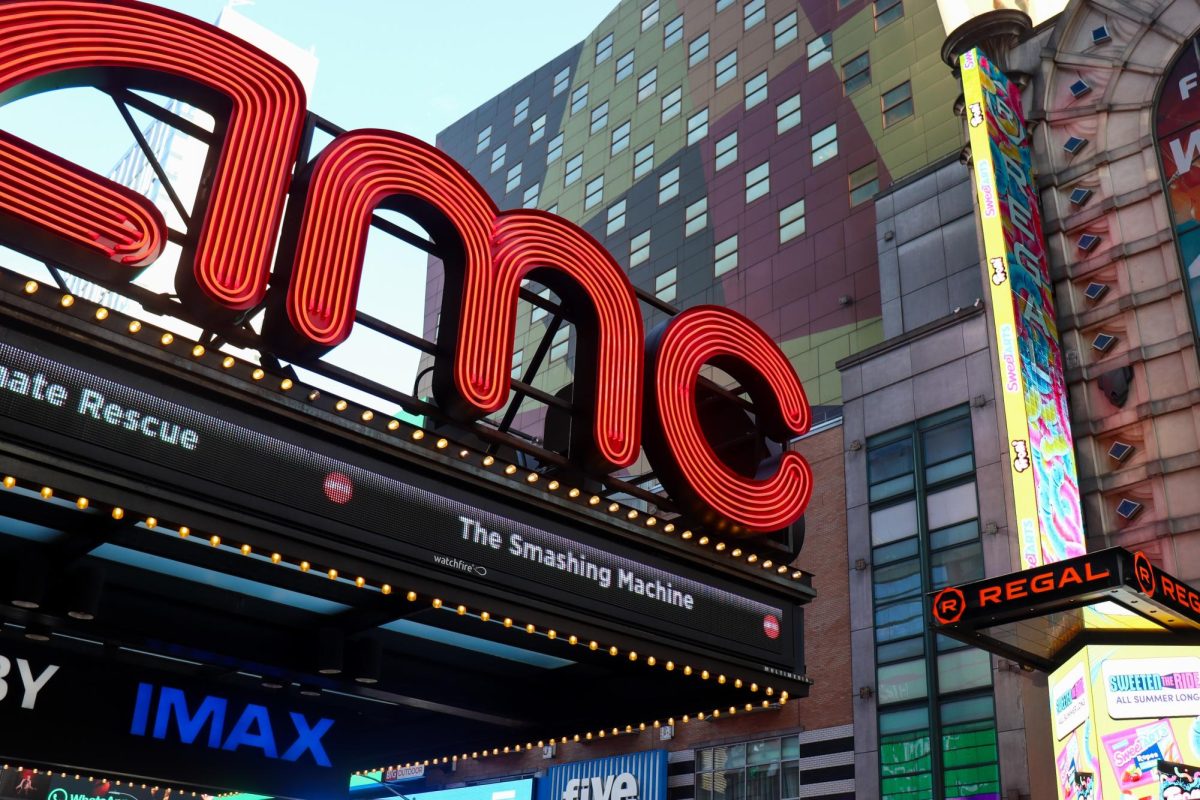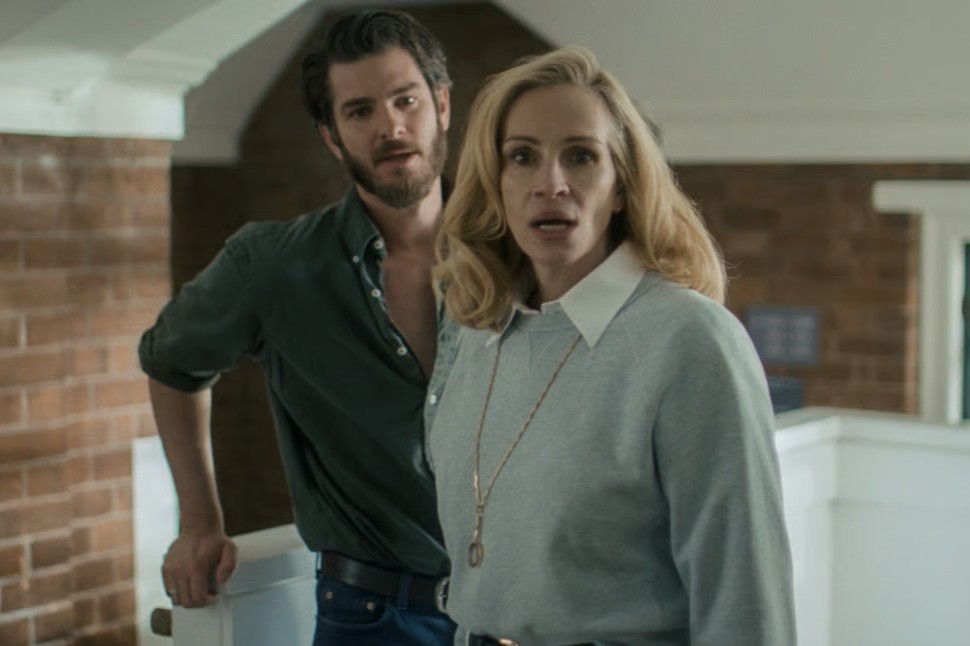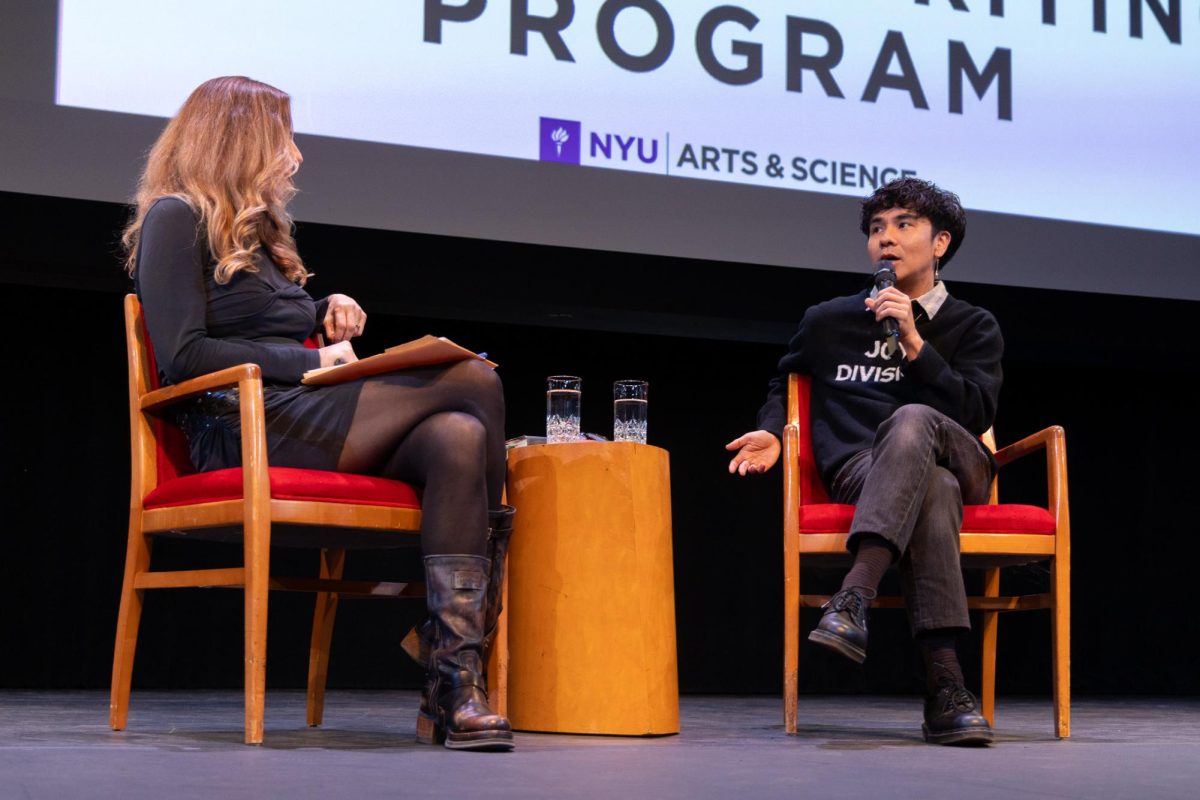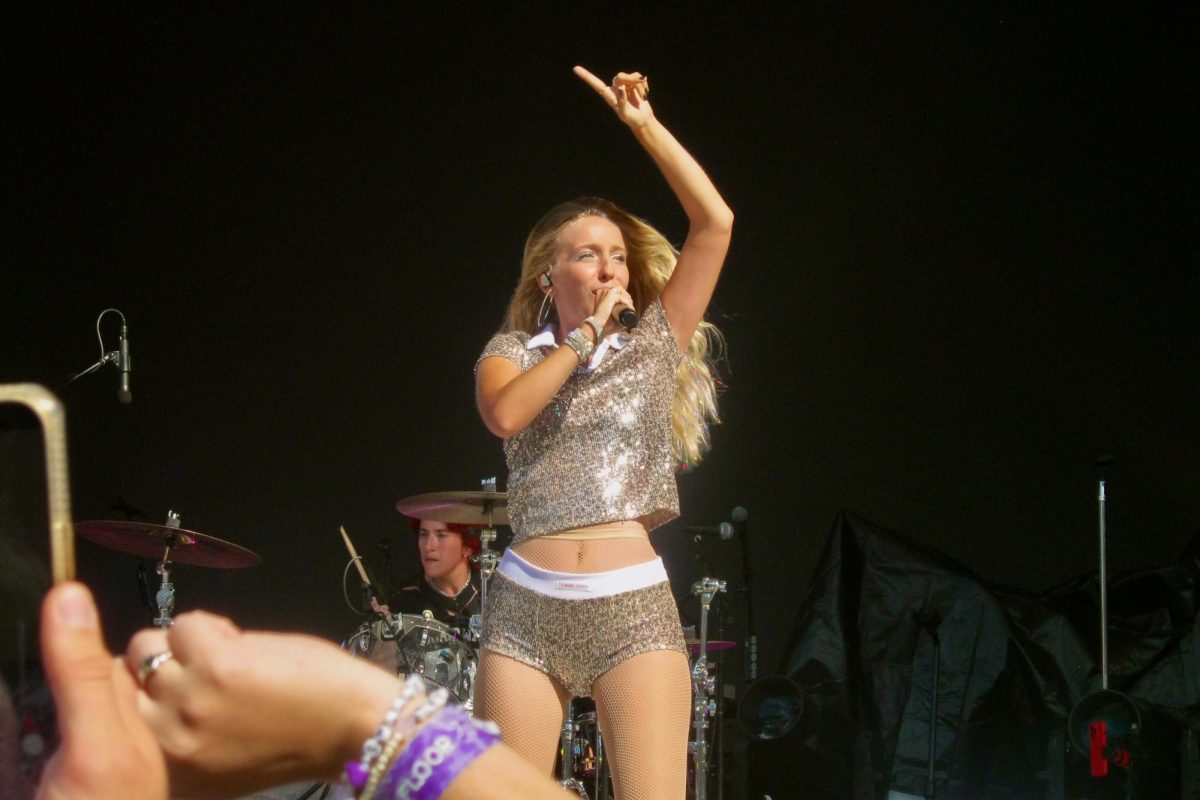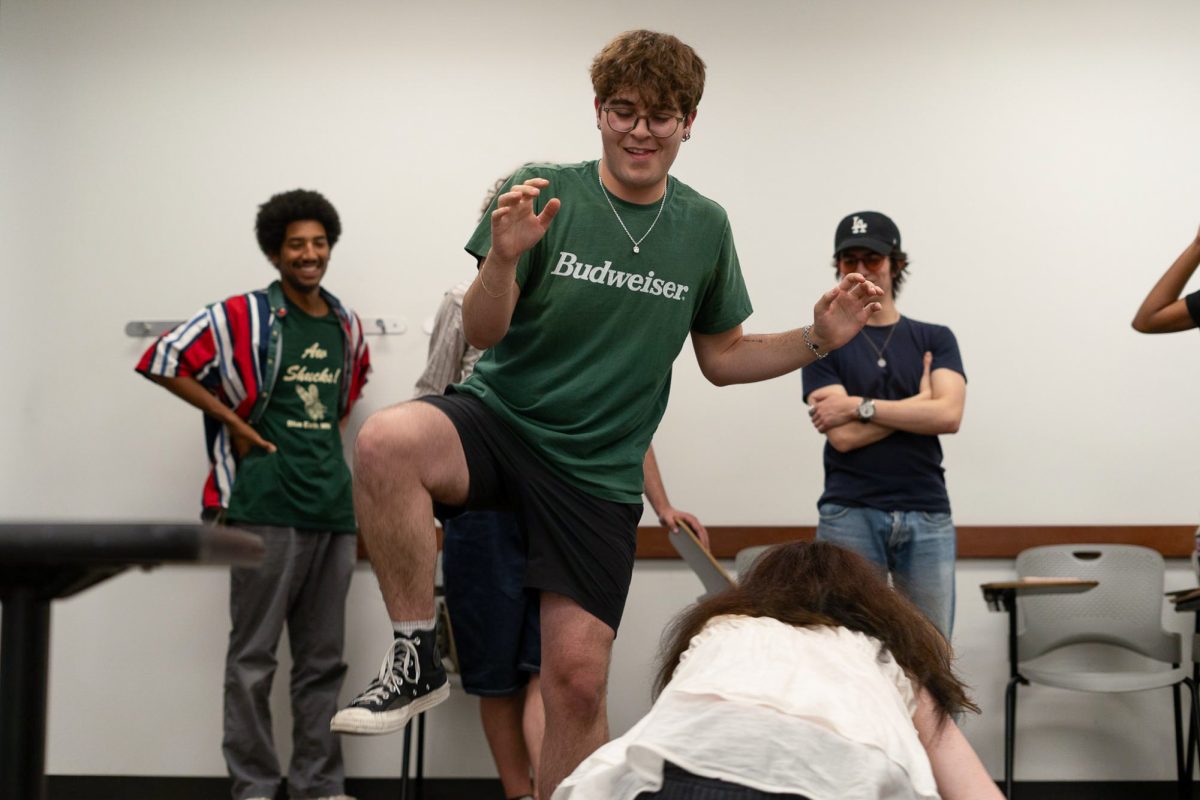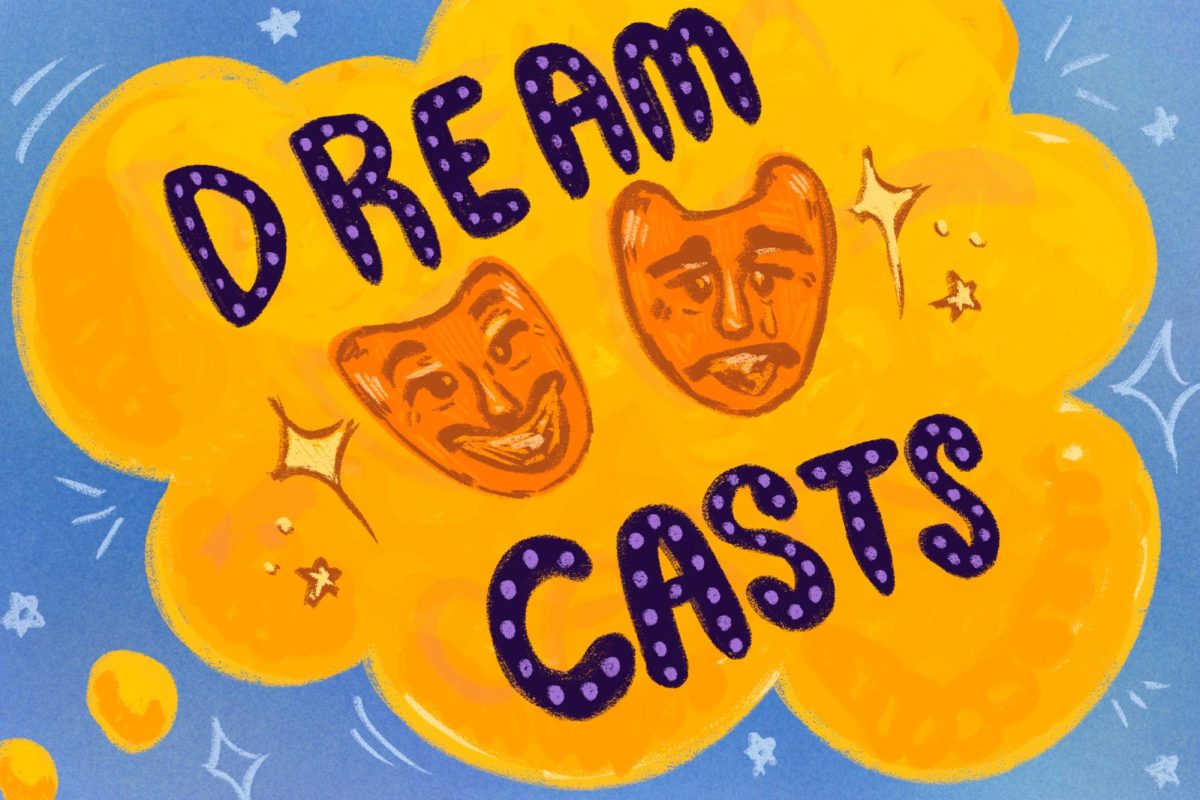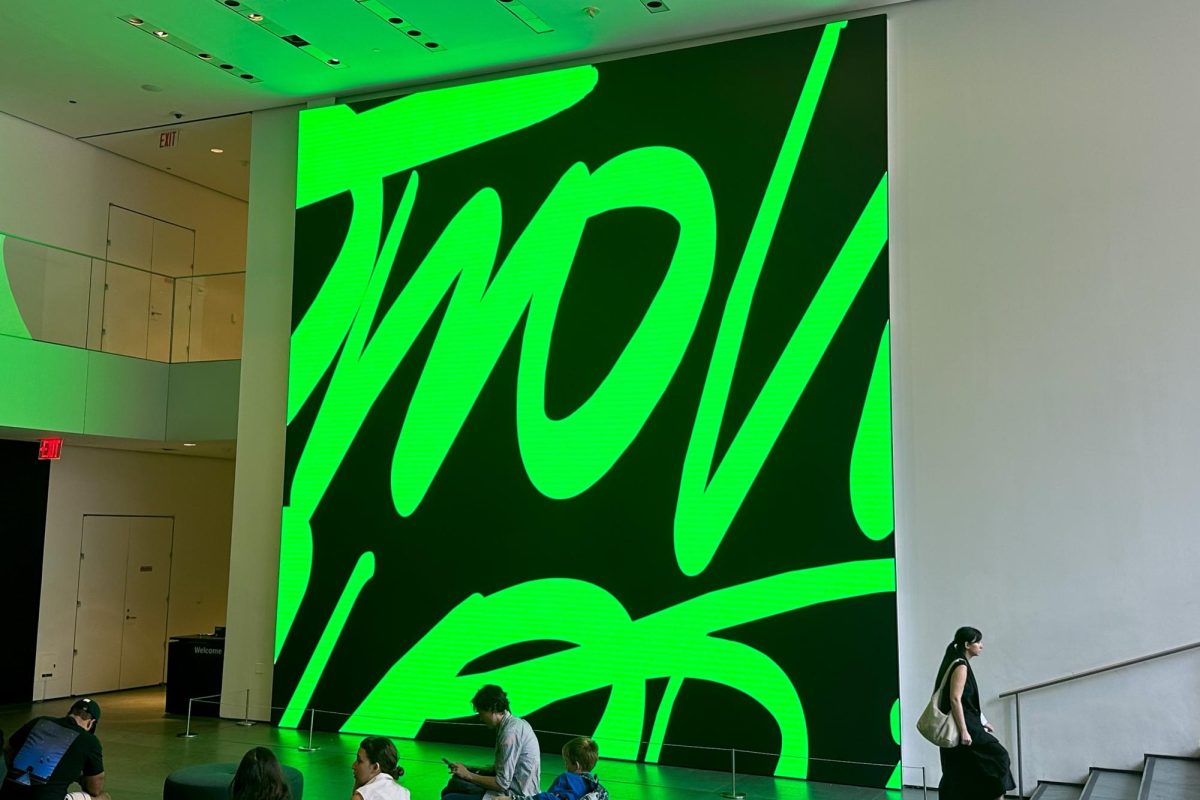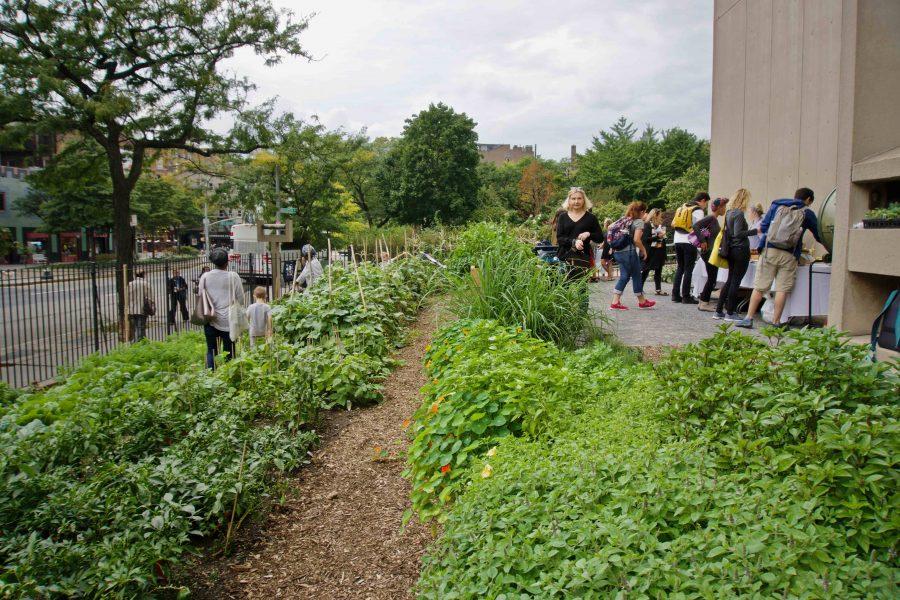In a few weeks, a sea of purple blossoms will again be part of the view from the Kimmel Center for University Life’s upper floors. These particular flowers are from chives, but there are also saffron crocus, Corsican violets and creeping thyme planted on the same roof. There are serviceberries in front of Bobst Library, American cranberry bushes on Bleecker street, a whole range of crops at NYU’s Urban Farm Lab and soon, the Carlyle Court Residence Hall courtyard will have a carefully designed and partially edible garden. For the past 10 years, NYU Grounds has been integrating edible plants into the campus and has worked on a number of sustainable landscaping projects.
Brie Arthur, horticulturist, home gardener and author of a book on foodscaping — “The Foodscape Revolution: Finding a Better Way to Make Space for Food and Beauty in Your Garden” — recently visited NYU to talk about foodscaping and the potential NYU’s urban campus has.
“Everywhere I go, I see potential in the ground around me,” Arthur said in her presentation. “We have an obsession with green meatball shrubs and open mulch space.”
Foodscaping, as she defines it, is simply the integration of edible plants into ornamental landscapes. That doesn’t just mean in gardens or spaces in parks; there are also container plantings, window boxes, roofs — any patch of ground available.
Arthur sees foodscaping as a potential way to ameliorate a plethora of problems. It can be a way to eliminate food deserts and provide healthy food to people who don’t have access to it; it can help reduce the economic and environmental costs of transporting food to consumers; it can improve soil ecology and reduce the use of herbicides; and of course, it can help forge a connection between people, the food they eat and the ground it comes from.
“The reason food is important in this isn’t just because we need to eat,” Arthur said. “It’s because growing it helps people instinctively manage their land more ethically. It’s the idea of ownership. Once you feel like you own something, you take better care of it. People don’t necessarily feel [a] responsibility to that park — they might use it every single day, but that doesn’t mean that they value it.”
About 80 percent of what Arthur herself eats comes from the one-acre suburban landscape around her home in Raleigh, North Carolina, but it’s not like she never visits the grocery store.
“I’m not trying to be so rigid as to only eat what I can grow, but everything I grow also gives me an appreciation for what I buy,” Arthur said. She urges others to do the same, even if it’s just growing herbs on a windowsill.
However, in order for larger-scale foodscaping projects — like the ones being proposed at NYU — to succeed, people need to be invested. Maria Chaves, a GSAS student at NYU studying environmental medicine, said that all one needs to be involved in the green community is a little time, intrigue and hands-on experience.
“You really do get an all-senses experience when you grow something yourself,” Chaves said. “Anyone can enjoy that — you don’t have to be an environmentalist or a farmer, or be super-invested to just be interested. That little spark of interest is all you need.”
Of course, there are also social and economic drivers that can make foodscaping an appealing option.
“Incoming students are increasingly concerned with the institutional mission of universities and I think highlighting this during the admission process can be an asset,” Ilana Weinstein, a graduate student in Steinhardt’s Environmental Conservation Education Program said.
Weinstein is currently working on an independent study to map edible invasive plants overlayed with soil toxicity, use community education to manage those invasive populations and transition those areas into foodscapes.
“I think an easy way to get college students to care is by advertising the stress relief benefits of gardening and that this garden creates free food,” Weinstein said. “Finding ways to incorporate this local produce into dining halls or club events would be a cool way for students to directly see the benefit of this project.”
No one’s eating the chives from the Kimmel roof yet, but that project and others are certainly a start.
“It takes a while for people to start to see that these things are happening,” NYU Grounds Manager George Reis said. “Hopefully, in a phased way, we’ll be able to increase what we do. There’s more landscaping space around Washington Square Park that belongs to the University than there is in the park itself.”
In other words, there’s a lot of potential.
Last fall, Arthur direct-seeded some of the roofs at NYU.
“You’re going to have more poppies than you’ll know what to do with,” she said to the attendees.
A version of this article appears in the Monday, March 25, 2019, print edition. Email Kylie Kirschner at [email protected].

